Standard Liquid Rocket Design
For the purpose of making liquids as accessible as possible, Half Cat Rocketry has created a standard design for bipropellant rockets. Much in the same way that there are particular styles of solid and hybrid motor construction which are widely favored and recommended for their simplicity, this architecture gives a baseline of success from which anyone can copy, modify, and improve.
The standard design is sometimes called a “Half Cat style” rocket. The articles below dive into detail on the Half Cat standard liquid rocket design, which is codified in HCR-1100. The relevant portions of the standard are included in each page. The standard is intended to provide guidance and a bounding framework for maximizing probability of success, based on years of experience. However, these are merely guidelines. Experienced readers may choose to operate outside of them, making specific and intentional choices for potential benefit in exchange for an increased chance of failure.
Our website is undergoing a refresh, and this index page may be missing cover photos (to be added soon).




